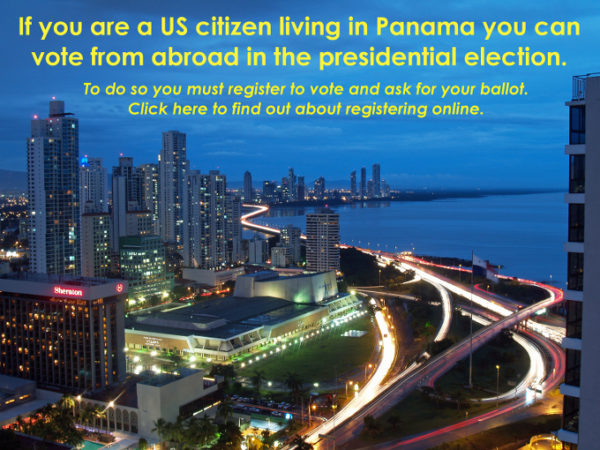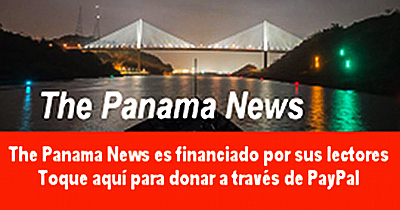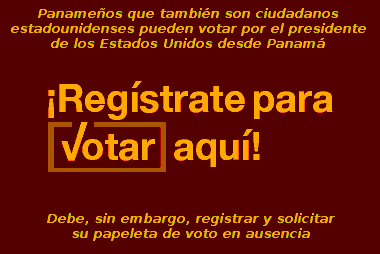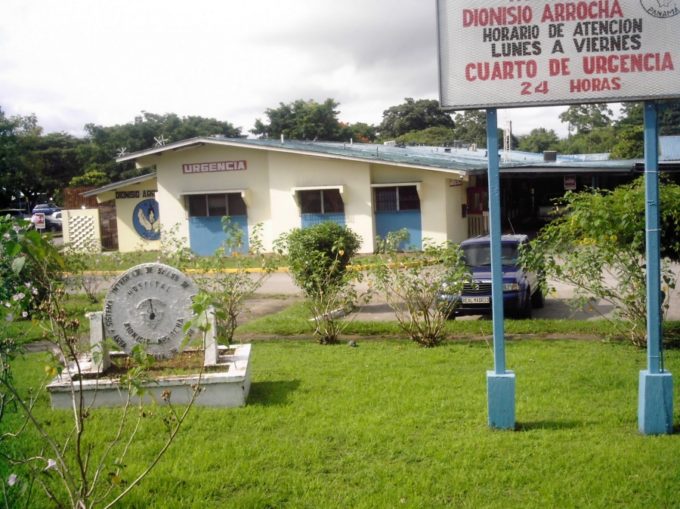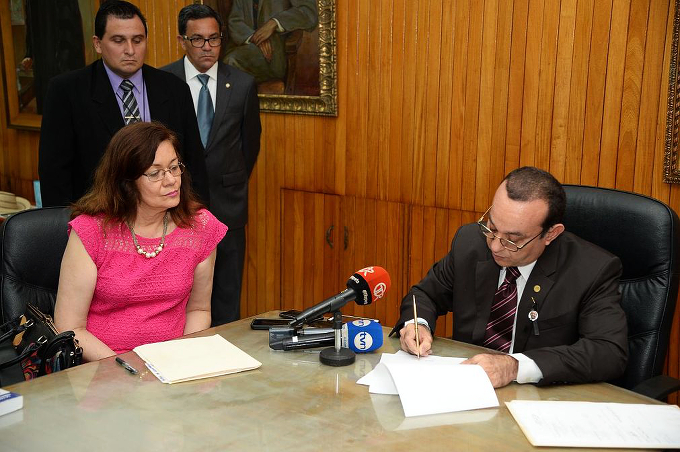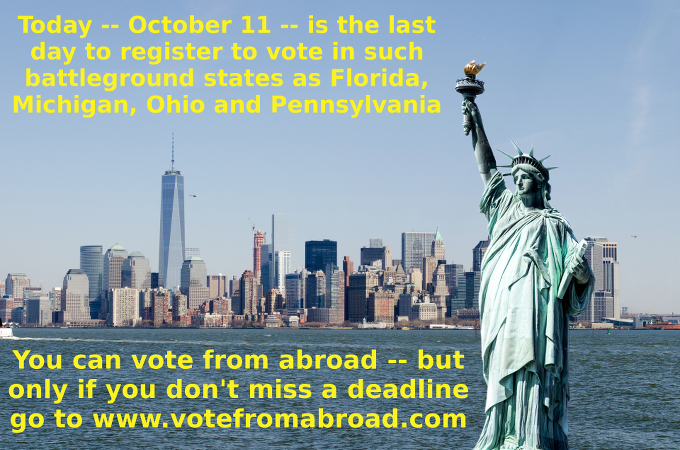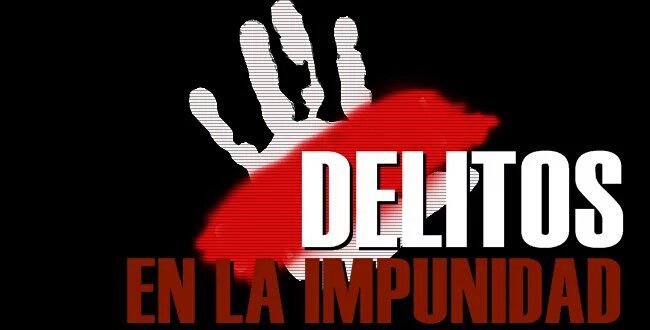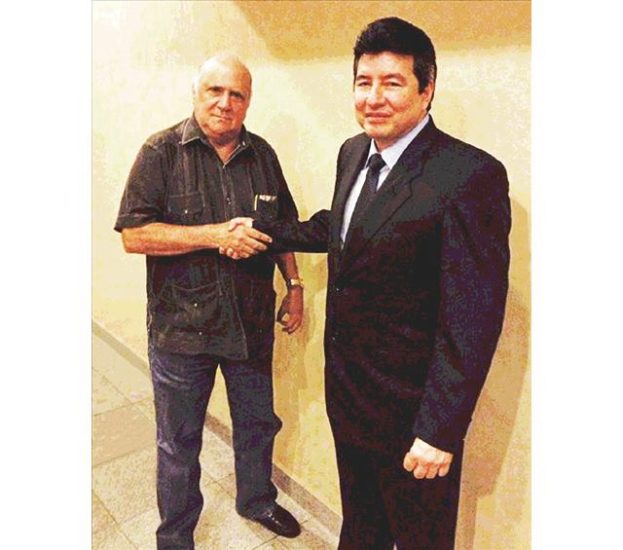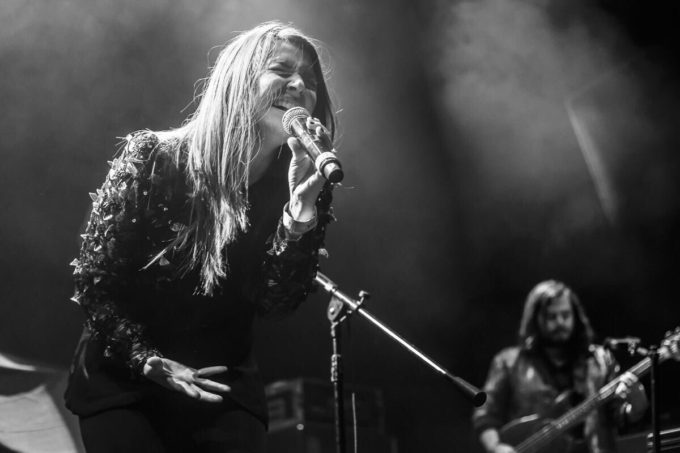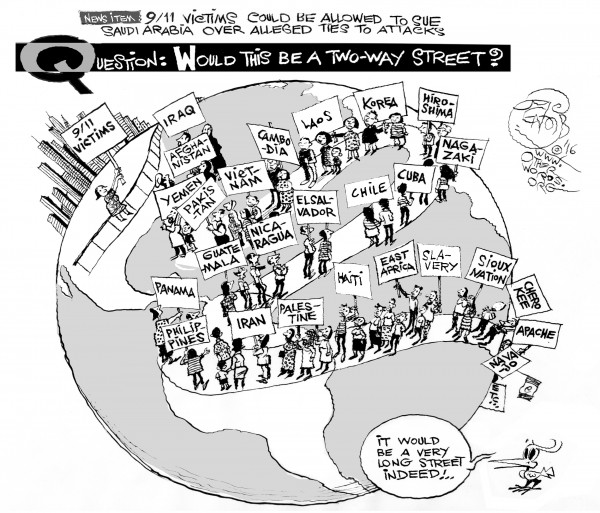The Panamanian community marches in Brooklyn. Starting with the October 21 Festival of the Black Christ in Portobelo, picking up for the November patriotic parades and on through Carnival, Afro-Panamanian tourism is a big business here even if the ad cartel portrays Panama as a tourist destination where there are no black people.
The Panama News blog links
a Panama-centric selection of other people’s work
una selección Panamá-céntrica de las obras de otras personas
JOC, Panama Canal struggles to boost container ship transits
Info-Europa, Car plunges into Gatun lock
The Maritime Executive, ACP moves ahead on Corozal port
La Estrella, Kourulis: El puerto de Corozal solo beneficiará al operador privado
Irish Times, Irish-built yacht sails around Arctic in seven weeks
AFP, FIDH pide desechar canal de Nicaragua por impacto humano y ambiental
Global Times, Don’t assume that Chinese private firms have government backing
Costa Rica Star, AirPanama announces new Costa Rica-Roatan route
Los Angeles Times, Ruiz comes through for the Dodgers with go-ahead RBI
ESPN FC, Mexico edges Panama in friendly
ESPN, New Year’s rematch for Jezreel Corrales and Takashi Uchiyama
PR: Ericsson takes control of Cable & Wireless Caribbean, Panama network
AFP, Comisión de expertos concluye informe sobre evasión fiscal
The Guardian, Brexit financier Arron Banks shows up in the Panama Papers
Reuters, Swiss banks in money laundering “red zone”
Huffington Post, WikiLeaks reveals corporate TISA demands of the EU
PanAm Post, Can rebounding oil prices save Venezuela?
Mirgalia, Chile’s privatized pension system fails
STRI, Monkey movements explained by Panama’s forest structure
Reuters, Cuban town avoided Hurricane Matthew’s deadly fury with preparation
CNN, Global deal to cut HFC greenhouse gases
Mongabay, Climate change could be worse for fisheries than we thought
San Angelo Standard-Times, New screwworm outbreak in Florida
La Estrella, Asesora de Kerry evite comentario sobre el caso de Martinelli
El País, Una trama corrupta implica a la petrolera ecuatoriana
The Express Tribune, Pakistan’s high court to hear Panama Papers case
Telemetro, Taiwán detiene a banquero señalado en caso Mossack Fonseca
Fusion, Trump riles up supporters to intimidate minority voters
PRI, One of the six US immigrant Nobel winners on the push to limit immigration
AI, “If I stay, I’ll be killed:” Central America’s refugee crisis
Rolling Stone, Six million adults who won’t influence the US elections
The Intercept, First direct US entry into the Yemen War
TVN, Primera dama no confía en el sistema
Transparency International, Have the BVI cleaned up after the Panama Papers?
Gandásegui, La oligarquía entierra la paz en Colombia
Tate, A dark day in Colombia
Morsolin, El reto de las alcadías
González & Dominzain, Anatomy of the new Brazilian right
Faithful, The stolen Cáceres case files
Caribean News Now!, Haitian elections reset
BBC, Aid trucks looted during UN chief’s Haiti visit
Jessop, African-Caribbean-Pacific Group shouldn’t let the EU set its fate
EFE, SIP reitera amenazas a libertad de prensa en América
Slate, Douthat: Trump isn’t entirely the Republicans’ fault
Stiglitz, How Trump happened
Keillor, Donald Trump is four centuries too late
New York Review of Books, Panama: The Hidden Trillions
Blades, ¿Puede la letra de la musica popular ser considerada como literatura?
~ ~ ~
These announcements are interactive. Click on them for more information.
Estos anuncios son interactivos. Toque en ellos para seguir a las páginas de web.

